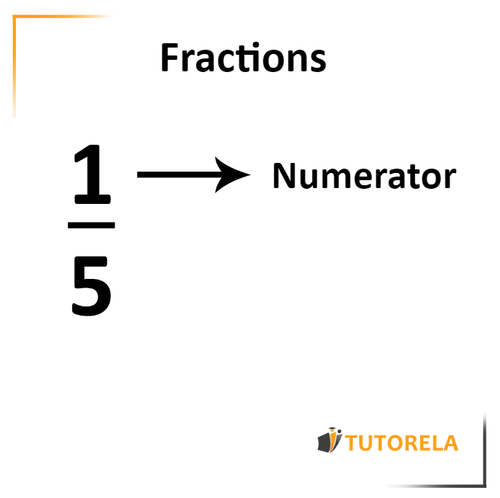What is the numerator? The numerator is the top number of a fraction and represents the portion within the whole part.
Numerator Practice Problems & Exercises with Solutions
Master numerators in fractions with step-by-step practice problems. Learn to identify, write, and understand numerators with interactive exercises and solutions.
- Identify numerators in simple fractions like 1/3, 5/8, and 2/4
- Write fractions with specific numerator values (1, 2, 3, etc.)
- Understand how numerators represent parts within a whole
- Distinguish between numerator and denominator positions in fractions
- Solve practice problems involving numerator identification
- Apply numerator concepts to real-world fraction scenarios
Understanding Numerator
Numerator
For example:

Practice Numerator
Write the fraction shown in the picture, in words:
Examples with solutions for Numerator
Write the fraction shown in the diagram as a number:
The number of parts in the circle represents the denominator of the fraction, while the number of coloured parts represents the numerator.
The circle is divided into 2 parts and 1 part is coloured.
If we rewrite this as a fraction, we obtain the following:
Answer:
Write the fraction shown in the diagram as a number:
The number of parts in the circle represents the denominator of the fraction, while the number of coloured parts represents the numerator.
The circle is divided into 3 parts and 2 parts are coloured.
Hence:
Answer:
Write the fraction shown in the drawing, in numbers:
The number of parts in the circle represents the denominator of the fraction, and the number of colored parts represents the numerator.
The circle is divided into 3 parts, 1 part is colored.
Hence:
Answer:
Write the fraction shown in the drawing, in numbers:
The number of parts in the circle represents the denominator of the fraction, and the number of colored parts represents the numerator.
The circle is divided into 3 parts, 3 parts are colored.
Hence:
Answer:
Write the fraction shown in the drawing, in numbers:
The number of parts in the circle represents the denominator of the fraction, and the number of colored parts represents the numerator.
The circle is divided into 4 parts, 2 parts are colored.
Hence:
Answer: